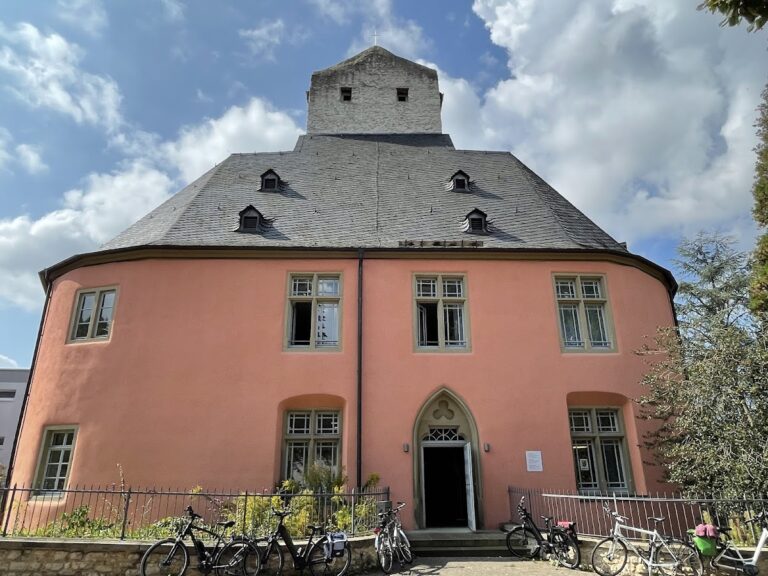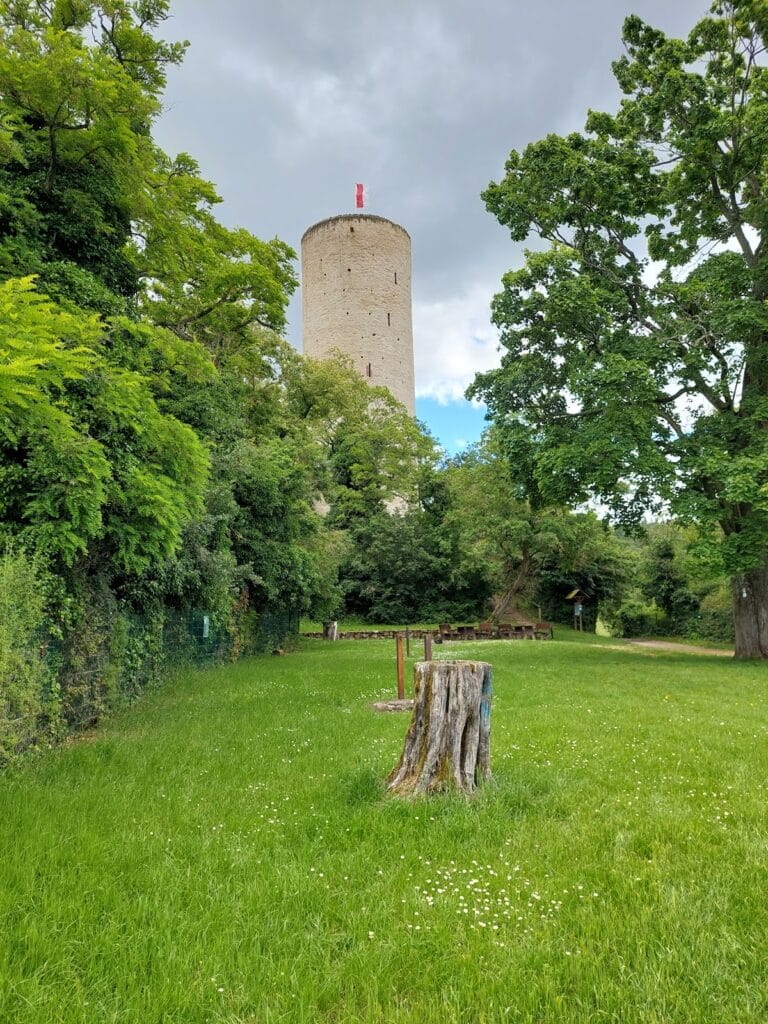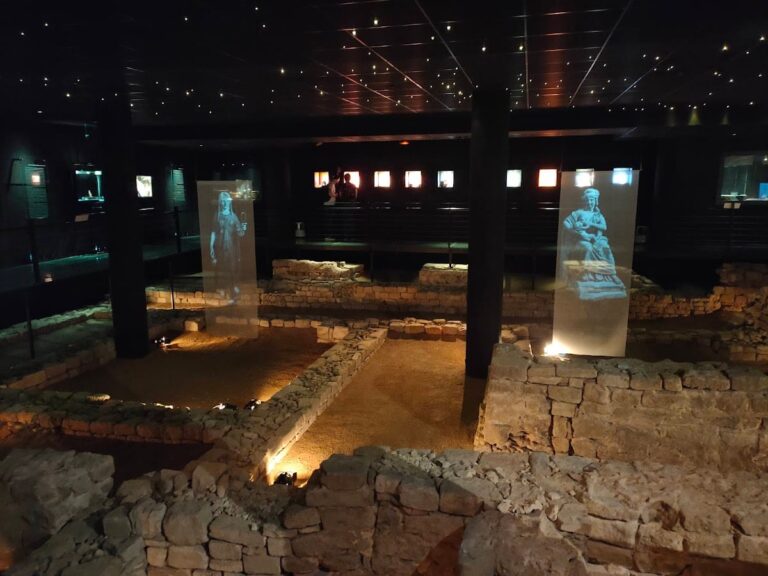Burg Eltville: A Medieval Castle in Eltville am Rhein, Germany
Visitor Information
Google Rating: 4.7
Popularity: Medium
Google Maps: View on Google Maps
Official Website: www.eltville.de
Country: Germany
Civilization: Medieval European
Remains: Military
History
Burg Eltville is located in the town of Eltville am Rhein, Germany. The site has been important since the medieval period, originally hosting a tower castle before the 14th century.
Before 1301, an earlier tower castle stood on the site but was destroyed during the Toll War (“Zollkrieg”) along the Rhine River. This conflict led to substantial damage in the region, directly affecting the castle’s original structure.
Following the contested election of Baldwin of Luxembourg as Archbishop of Mainz in 1328, Eltville gained importance as his chosen residence. Baldwin faced opposition in the city of Mainz itself, which motivated his decision to settle at Eltville, where he could establish his authority more securely. Construction of the current castle began under Baldwin’s direction around 1330. By 1345, much of the initial building was finished, though expansions and fortifications continued over the next decades, lasting until 1419. These additions included alterations to the main residential tower, reflecting evolving needs for defense and administration.
Throughout the late Middle Ages, Burg Eltville served as a key venue for political gatherings. It hosted meetings of the prince-electors, a select group responsible for choosing the Holy Roman Emperor, and other official assemblies. A notable event in 1465 saw Archbishop Adolf of Nassau confer nobility upon Johannes Gutenberg within the castle walls. This ennoblement was the only noble title Gutenberg was awarded during his lifetime, underlining the castle’s importance as a center of influence.
The castle suffered substantial damage in 1635 during the Thirty Years’ War when Swedish troops nearly destroyed it. Only the residential tower remained standing. This remaining tower was partially rebuilt in 1682, providing some measure of restoration after the devastation.
After the war, Burg Eltville gradually fell into disuse and decay. By the late 17th century, the castle was no longer inhabited, reflecting diminished strategic and political relevance. Centuries later, restoration work began anew in 1938 with further preservation projects taking place in the 1980s. A comprehensive restoration initiative commenced in 2008, aiming to conserve the site for the future. Today, Burg Eltville is recognized and legally protected as a cultural monument of national importance in Germany.
Remains
Burg Eltville presents a blend of medieval castle architecture arranged around a moat and defensive walls. Access to the site is achieved via a bridge crossing the moat, leading directly to the castle’s north gate. On the left side of this entrance stands the east wing, which includes the castle hall and the electoral hall where imperial elections were historically held.
Dominating the southern section is the fortified residential tower, known as a bergfried. This tower rises 24 meters high and features an adjoining staircase tower that provides access to several floors. A spiral staircase of 40 steps descends from within the tower to a dungeon located in the basement, underlining its defensive and custodial function. The ground floor of the tower originally served as the servants’ lounge, while the first floor housed the count’s chamber, historically the most elaborately decorated room. This chamber was adorned with richly decorated walls and included a large fireplace, serving as a space for both living and working.
To the west of the residential tower lies the palas, a multi-story residential building from the castle’s earlier phase. Although only segments of its external walls remain today, these remnants hint at its former scale and residential purpose.
A defensive wall walk extends westward from the palas towards the south gate, which opens onto the moat. Beyond this gate stretches a well-maintained garden area. The southernmost portion of the castle, facing the Rhine River, is known as the lower zwinger, or outer ward. This section is accessible through a recently introduced gate in the western wall and historically formed part of the castle’s layered defenses.
Originally, the castle was enclosed by a ring-shaped battlement wall featuring several gates. The southern gates, facing the Rhine, functioned as the main entrance point in the castle’s earlier configuration.
Within the tower, the fourth floor contains a defensive platform, reached by climbing 118 steps. This elevated platform now serves as a viewing area, offering broad views over the Rhine Valley, the town of Eltville, and the nearby vineyards, illustrating the tower’s strategic placement.
Currently, the castle’s tower ground floor accommodates a tourist information office and a souvenir shop. Museum spaces on the upper floors house a memorial dedicated to Johannes Gutenberg, along with exhibits on the history of printing. The east wing has been adapted to serve as the local registry office, while other parts of the castle, such as the “gallery in the tower,” are used to host art exhibitions and cultural events, reflecting the site’s continued communal use.










